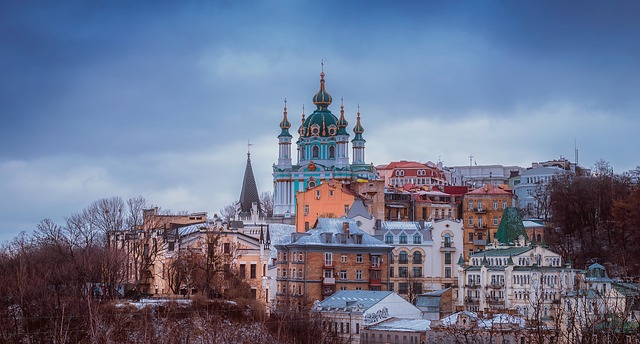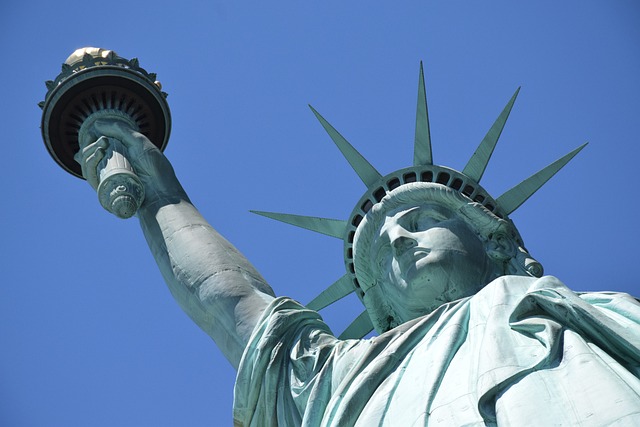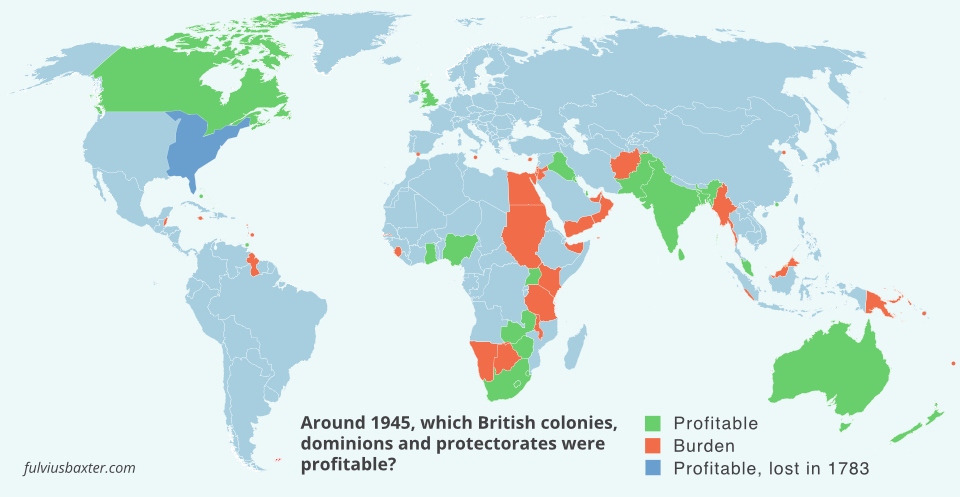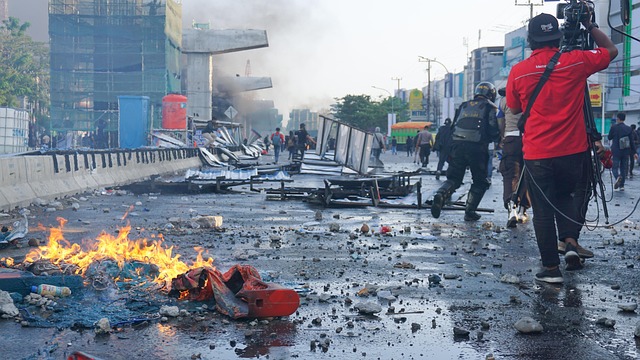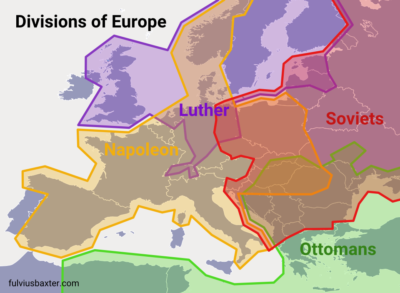 Europe has undergone several major periods of division, the first of which is not on the map, but roughly follows the Ottoman line, and involves the division of The Western and Eastern Roman Empire, which was intended to bring stability and better governance to the vast civil war-torn lands, but instead slowly contributed to a cultural and religious shift.
Europe has undergone several major periods of division, the first of which is not on the map, but roughly follows the Ottoman line, and involves the division of The Western and Eastern Roman Empire, which was intended to bring stability and better governance to the vast civil war-torn lands, but instead slowly contributed to a cultural and religious shift.
In 1453, however, the Roman saga came to an end when the Turks finally conquered Constantinople, establishing the Muslim Ottoman Empire that divided Europe; the Balkan countries probably still suffer from this occupation, as they were isolated from the rest of Europe for hundreds of years.
The next major clash occurred in the 16th century, when Martin Luther’s Reformation divided Europe into Catholic and Protestant factions. The conflict culminated in the Thirty Years’ War (1618-1648), which devastated much of the continent. Luther was protected by Elector Frederick III of Saxony, a member of the ancient noble Wettin family – ancestor of the British royal family. Frederick promoted a modern idea for his time: that all people were equal before the law and should not be persecuted for their beliefs.
The French Revolution of 1789, which aimed to establish a popular and just state, ended in a bloodbath, with priests, nobles and others summarily executed by the revolutionaries. The brilliant strategist Napoleon restored order, and his wars of conquest would bring great changes to Europe, with France losing its position as a superpower and becoming a mediocre colonial power that never quite reached the same heights again. During the Middle Ages and the Renaissance, Europe was dominated by France, its cultural and military influence was unquestionable, and Paris was the given centre. Napoleon was the culmination of French ambitions, but he was defeated, and all his conquests were shattered.
The latest split occurred in 1945, after the war Stalin’s communist empire swallowed up much of central Europe. The Iron Curtain ran just east of Vienna, splitting Germany in two, while Poland, the Czech Republic, Hungary and several other countries ended up on the wrong side of the wall. Today it is hard to believe that half of Europe was under the yoke of communism, and that people were not allowed to travel freely, express themselves freely, set up private businesses, etc. The lignite smoke was thick, and the particular smell was unmistakable.
What the next big division will be is hard to say, alliances and friendships shift, there is no given formula to follow. Although some traces can be discerned in history, where religious and ideological divisions often herald the conflicts.

